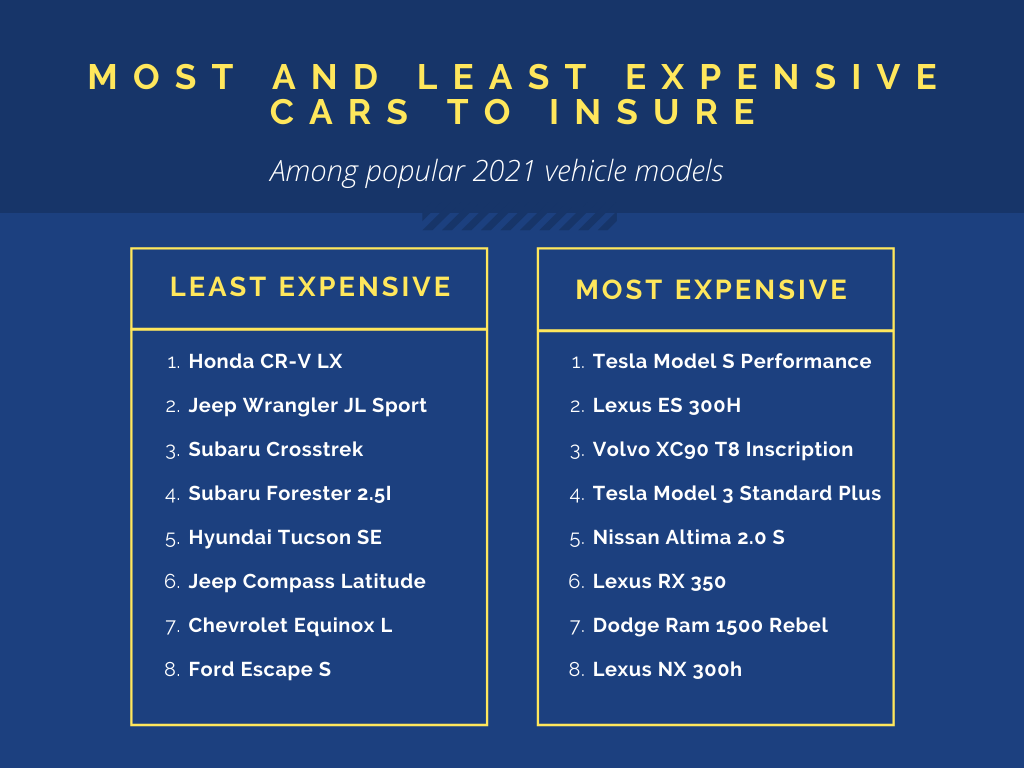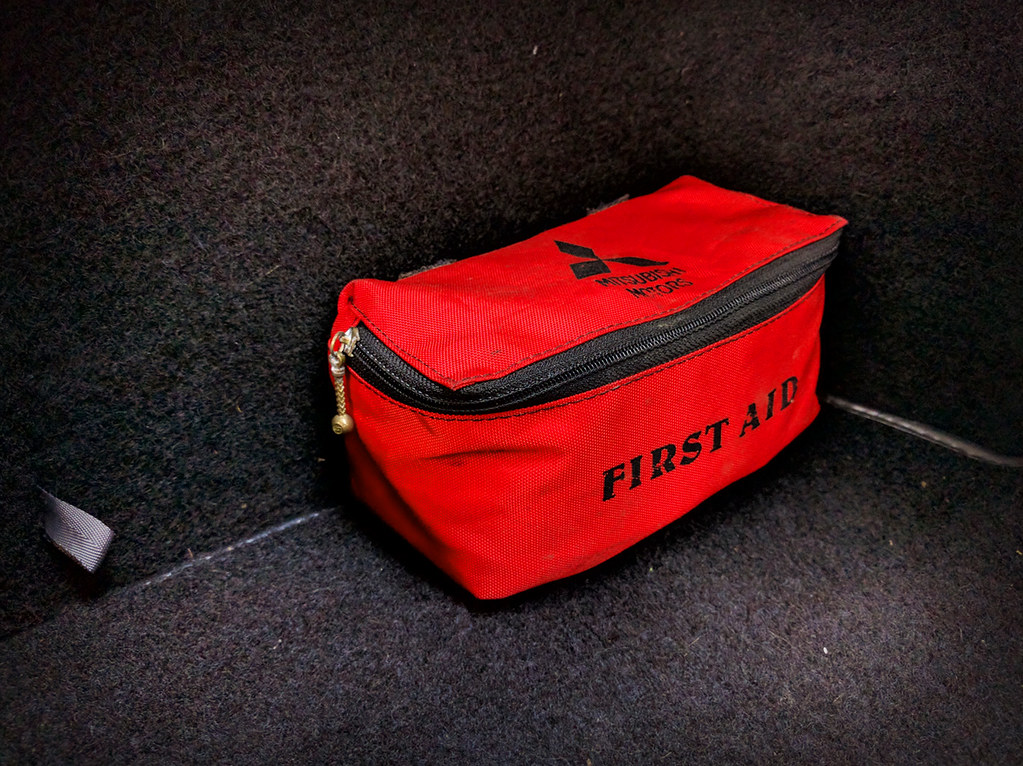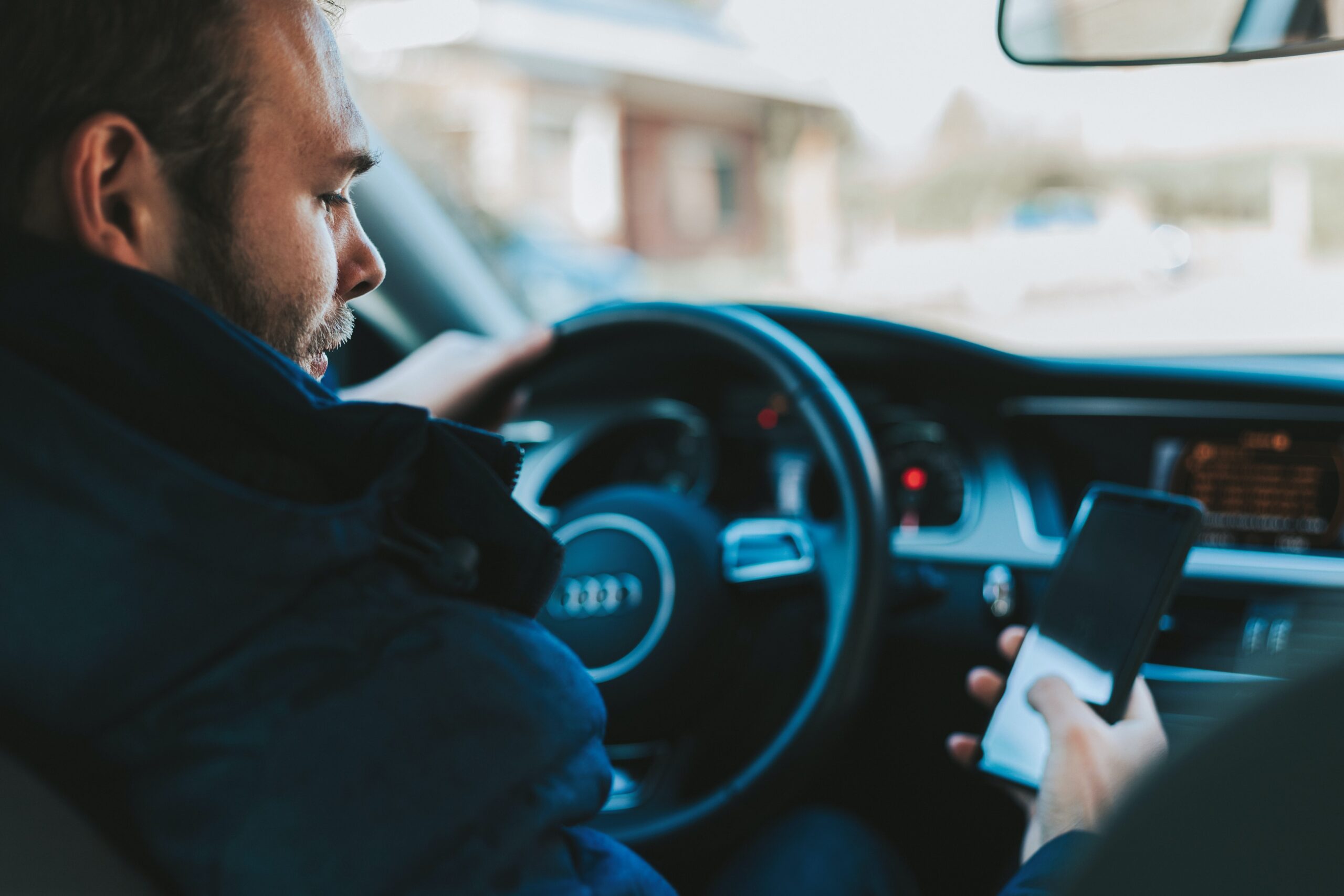When determining the cost to insure specific vehicles, insurance companies look at multiple factors. First, they review the claim payouts for similar vehicles. Not only what it costs to repair damage to that vehicle, but also the liability payouts associated with it. If that model of car has caused significant liability payouts, it’s more likely to cause damage or injuries in an accident.
Cars with advanced technology and safety features are a bit of a Catch-22. They make a car safer and less likely to get in an accident, but they cost more to repair. So in the end it could be a wash when it comes to the cost of insurance.
Each person driving the same model of car won’t be paying the same amount to insure it. That’s because there are more factors that go into the cost than just the car itself. In addition to the features of the car, each driver on the policy plays into the cost to insure a vehicle. Your driving record, garaging location, credit and claim history impact how much you’ll pay to insure your vehicle.
According to Forbes, these are some of the most and least expensive vehicles to insure among popular 2021 vehicle models.

What types of cars are the most expensive to insure?
Sports cars- Sports cars tend to be more expensive to insure. They are built for speed, which can often lead to risky driving behaviors and accidents.
Luxury Vehicles- The parts needed to repair luxury cars can be hard to find and have a higher price tag. As a result, these cars are on the more expensive side when it comes to insurance.
Electric Vehicles- Some of the components that make up an electric vehicle cost a lot to replace. For example, a battery alone can cost thousands of dollars. As a result, the repair costs after an accident can be extreme.
Large Vehicles- Cars with larger bodies can often cause more damage in an accident than smaller cars. That makes the cost of liability insurance higher.
What makes some cars more expensive to insure?
- The value of the car
- Cars that have specialty parts or complex engines
- Technology, like backup cameras, automatic braking, GPS, etc.
- Rate of theft- cars that are more likely to be stolen cost more to insure
- More horsepower- vehicles that have higher horsepower make liability risks higher
If you’re considering switching cars, it can be helpful to consider the insurance costs before you make a final decision. The payments for your dream car might fit into your budget, but the price to insure it could break the bank. You can get a quote for the cars you’re considering ahead of time to see how they would impact your auto policy.
Request a proposal today, we’re here to help!
- My boat is already paid for and rarely used. Should I still invest in boat insurance?
- Wondering If Homeowners Insurance Is A Smart Investment? What to Know
- Commercial Insurance: Security Upgrades For An Office Setting
- The Difference Between Classic, Historic, Vintage, and Restored Automobiles
- Recreational Drone Insurance: Flying with Peace of Mind
Sources:
Danise, A. (2022, January 11). Most and least expensive cars to insure 2022. Forbes. Retrieved January 17, 2022, from https://www.forbes.com/advisor/car-insurance/most-least-expensive-cars-to-insure/
Research, H. A. (2021, November 29). What are the most expensive cars to insure? Car and Driver. Retrieved January 17, 2022, from https://www.caranddriver.com/car-insurance/a37169944/most-expensive-cars-to-insure/
- My boat is already paid for and rarely used. Should I still invest in boat insurance?
- Wondering If Homeowners Insurance Is A Smart Investment? What to Know
- Commercial Insurance: Security Upgrades For An Office Setting
- The Difference Between Classic, Historic, Vintage, and Restored Automobiles
- Recreational Drone Insurance: Flying with Peace of Mind

























